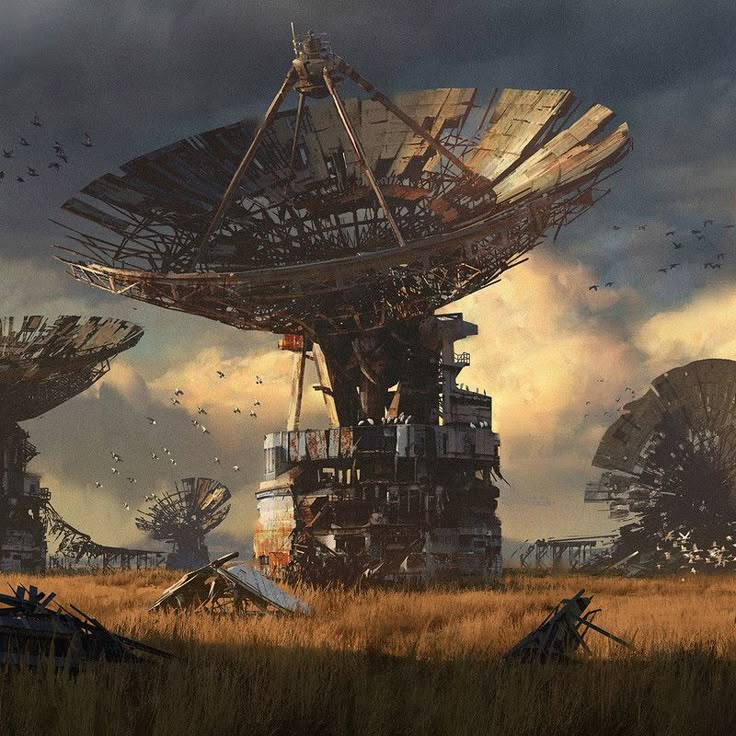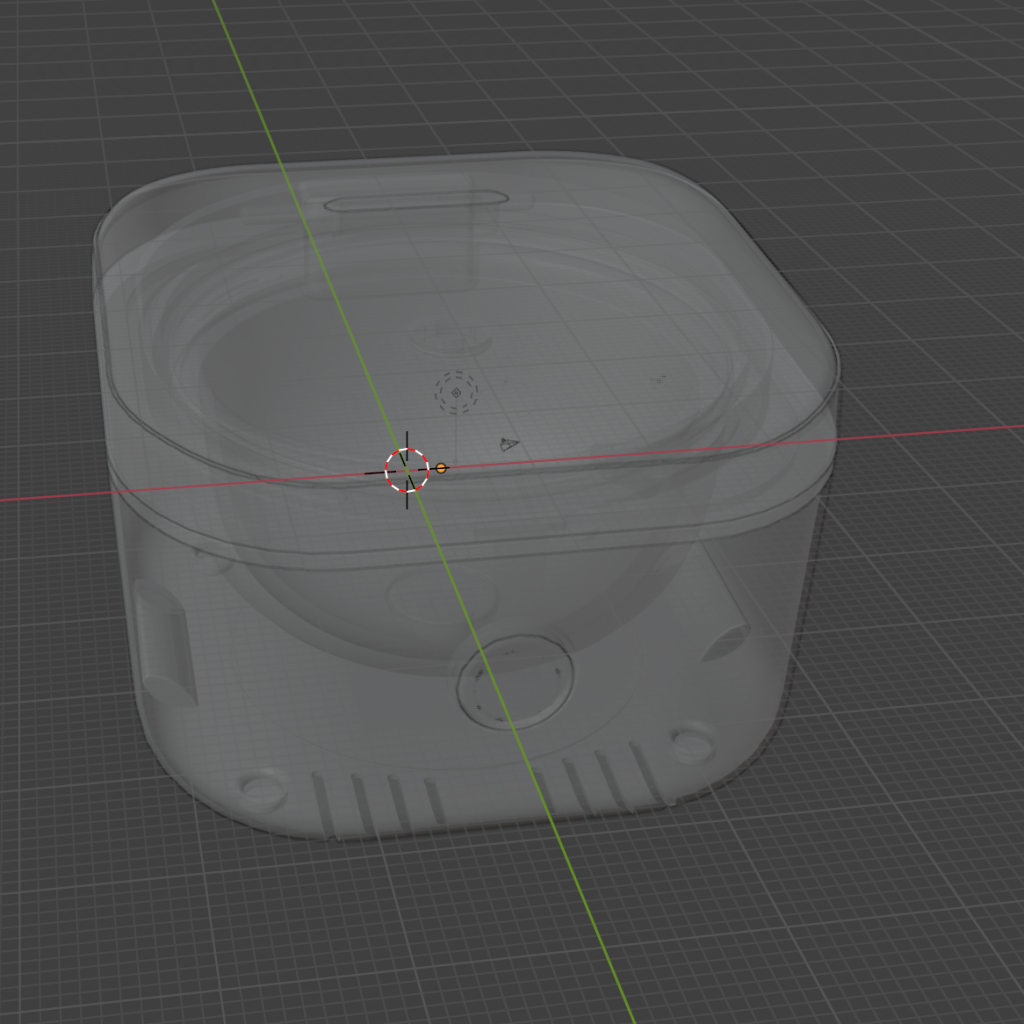June 25 by Jiawen Yin
Choosing a Critical Report Topic
As a student of visual effects, I keep asking myself this question: besides mastering technical tools, shouldn’t we also build our own framework of aesthetic understanding? Wasteland Aesthetic, as a cross-media and cross-cultural visual style, appears widely in film, games, and illustration, but beyond that, it carries deep reflections on civilization, memory, and vitality. The barren landscapes, ruins, and lost spaces it presents are not just end-of-the-world fantasies, but visual responses to contemporary crises and emotional states. I chose this topic to train my sensitivity and expand my visual awareness through the analysis of these images. This is not just a study of style—it is a way to deconstruct contemporary visual culture. I believe that only by truly understanding the cultural logic behind images can we create works with real soul.

Week 1–3: Framing the Question
Before starting this paper, I didn’t have a clear research direction—I was simply drawn to images of ruins and post-apocalyptic landscapes. One evening, while playing Fallout and exploring a half-collapsed library in the game, I paused—not because of any dramatic event, but because something about the scene felt strangely emotional. It made me wonder: why do these images of decay and silence resonate so deeply? What kind of emotion are they really expressing? That moment stayed with me and became the spark for turning vague interest into a real research question.
Later, while reading Wasteland: A History by Victoria DePalma, I realized that the idea of the “wasteland” is not a natural condition but a cultural construct. I still remember clearly: after finishing a chapter about how land was morally judged based on its “productivity” in 17th-century England, I closed the book and thought—this is it. That was the moment I decided to choose this topic. It wasn’t just about ruins anymore; it was about how we assign meaning to broken spaces. From there, I developed three core questions: Why does the wasteland aesthetic attract modern audiences? What kind of cultural emotion does it express? And how does it use visual storytelling to trigger perception and feeling? These became the foundation of my research.
Week3-5
After deciding on the topic, I started collecting materials. I looked at games like Fallout, Death Stranding, and The Last of Us, and films such as Mad Max: Fury Road and Children of Men. I took screenshots and wrote down what I noticed—how spaces were shown, how objects lost their function, and how the environment shaped the viewer’s feeling.
At the same time, I read theoretical texts. Wasteland: A History helped me understand how the idea of the wasteland came from specific cultural and historical views. I also looked at both Western and Eastern ideas about ruins and abandoned spaces. In Chinese literature, I found descriptions of quiet, empty places that offered a different kind of emotional response—less about collapse, more about stillness.

Sometimes I had to go back and forth between the visual materials and what I was reading. A game scene would remind me of something I read, or a sentence in a book would change how I looked at an image. Step by step, I built a set of references that supported my writing.
Reflection
Through this research, I gained a clearer understanding of how visual language can carry emotion, memory, and cultural meaning—even when the setting is broken or silent. I learned to pay attention not just to what is shown on screen, but how it is shown—how objects, space, and absence can all become part of a narrative. This process also helped me think more critically about the images I work with, instead of just focusing on style or technique.
This experience will be useful for my future creative projects. I want to create visual work that is not only technically strong, but also meaningful. Whether I’m designing environments, building a scene, or directing visual tone, I hope to apply the ideas from this study—especially the way space can hold emotion and how details can suggest a larger story. This research reminded me that good visual work doesn’t always need to be loud. Sometimes, quiet spaces say the most.
Reference Collection
Rai, V. (1970). The Waste Land: A Critical Study. Motilal Banarsidass Publ.
Di Palma, V. (2014). Wasteland: A history. Yale University Press.
Beruete, S 2020, Garden philosophy: a philosophical history of gardens, trans. L Lin, Beijing United Publishing Co., Beijing.
Liu, Y The study of the relevance of science and art in the Renaissance based on a botanical perspective, College of Hanhong,
Southwest University, Chongqing, China.
Bonnett, A. (2014). Off the map: Lost spaces, invisible cities, forgotten islands, feral places and what they tell us about the world. Aurum.
